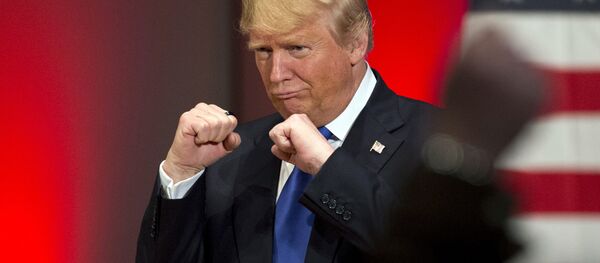The US national debt has surpassed $19.8 trillion dollars, or nearly $61,000 for every man, woman and child in America. The debt is expected to surpass $20 billion in less than eight weeks, and probably before Trump even steps into the Oval Office.
The question, both for the US economy and the global financial and economic system as a whole, is just how much further America's massive debt can grow before causing major perturbations.
In his eight years in office, President Obama nearly doubled the national debt, from $10.63 trillion in 2009 to the above-mentioned $19.8 trillion today. According to IMF figures, the debt-to-GDP ratio has passed the threshold of 100%, and is now at 107.5% of GDP.
However, other observers, including political economist and journalist Maria Bezchastnaya, say that the issue of servicing this massive debt load may turn into a massive problem in the future. Today, she explains, 3% GDP growth rates and low interest rates make servicing the debt tolerable, "but in the future that could change. In the second quarter of 2016, the US economy grew by only 1.2%, and the Federal Reserve is making preparations for a gradual rate hike. Under these circumstances, servicing the debt may demand more and more of the budget."
The debt, she noted, is already beginning to snowball. In the first two weeks of October alone it grew by $170 billion; between January and September, $1.4 trillion was added to the debt. "Furthermore, although most of the debt is in the hands of national lenders, about 30% belongs to other states – particularly China ($1.244 trillion) and Japan ($1.137 trillion). Russia is also in the list of the top 20 lenders, holding $86 billion in US bonds."
The problem, the journalist stressed, is that even with growth of nearly 3%, America's debt is growing faster than the economy. "And if things stay the same, it will begin to create problems for both America and the world."





